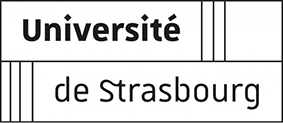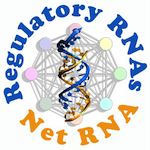Translation, the essential process that decodes messenger RNA into protein, is carried out by ribosomes. The team of Philippe Giegé (IBMP-CNRS) in collaboration with the team of Yaser Hashem (IECB-Inserm) has determined the high-resolution structure of the plant mitochondria ribosome. This study is published in Nature Plants.
Atomic structure of the plant mitoribosome
Translation, the final step in gene expression, is universally performed by ribosomes. These essential molecular machines are made up of RNA and proteins. Determining the structure of ribosomes and understanding how translation actually works has been a major challenge of molecular biology since its debut. The first high-resolution structures could be resolved by X-ray crystallography, in 1999 for a bacterial ribosome and not until 2011 for a eukaryotic ribosome. Determining the structure of low abundant ribosomes attached to membranes, such as mitochondrial ribosomes (mitoribosomes), was considered an unreachable dream until the advent of recent cryo-electron microscopy techniques (cryo-EM).
Using these techniques, the researchers were able to determine the high-resolution structure of the plant mitochondrial ribosome. This study reveals its fine architecture and identifies the functions of new proteins, in particular of “pentatricopeptide repeat” proteins specific to plant mitoribosomes. While it was commonly accepted that the increase in the number of ribosomal proteins in mitoribosomes had compensated for the reduction in the size of ribosomal RNAs during evolution, this study showed that in plants, the number of ribosomal proteins and the size of the ribosomal RNAs both increased during evolution. More precisely, the plant mitochondrial ribosome comprises 82 proteins, while the bacterial ribosome contains 54 proteins and its ribosomal RNAs are on average 15% larger than the bacterial ribosomal RNAs.
This observation uniquely illustrates a process of constructive evolution from an ancestral prokaryotic ribosome to a specialized eukaryotic ribosome in plant mitochondria.















